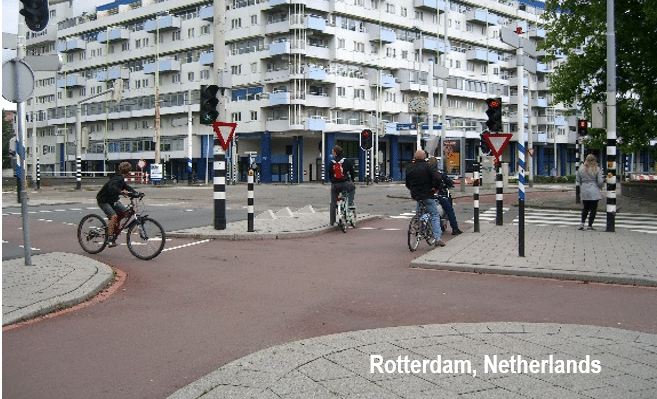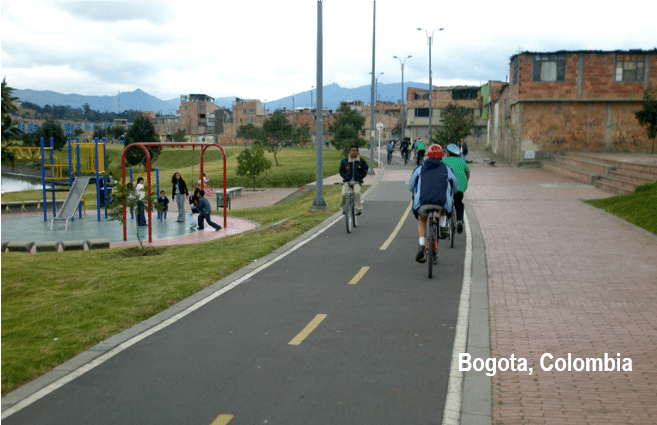Lesson
Part of: Design Principles of Cycling [Draft Version]
BOOKMARK
Cycling is a healthy, carbon-free, fun means of transportation that facilitates enhanced access to school, work, leisure, and can integrate well with other modes of transport.
This guide offers six design principles for cycling. It will describe the elements for each principle and share evidence for implementing these measures.
The individual characteristics of each community must be taken into account when planning the cycling infrastructure. Moreover, cycling infrastructure must be adapted according to the characteristics of the local population, land use, topography, and other factors.





